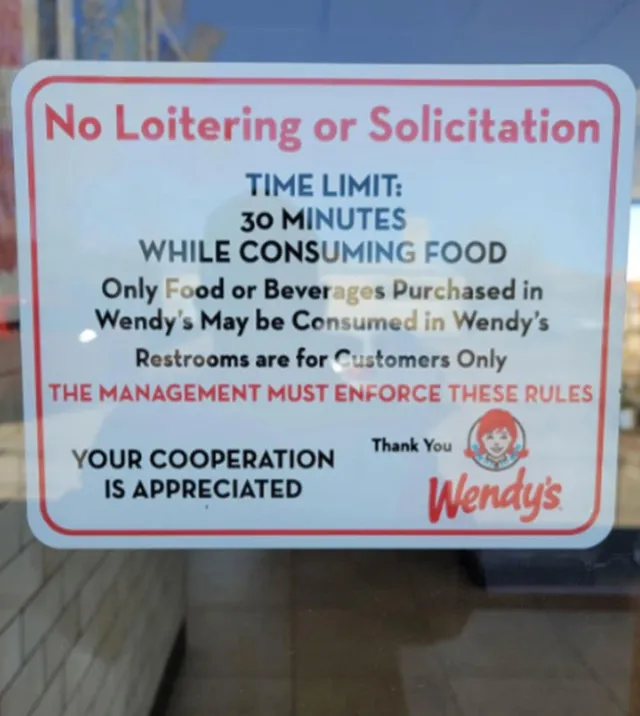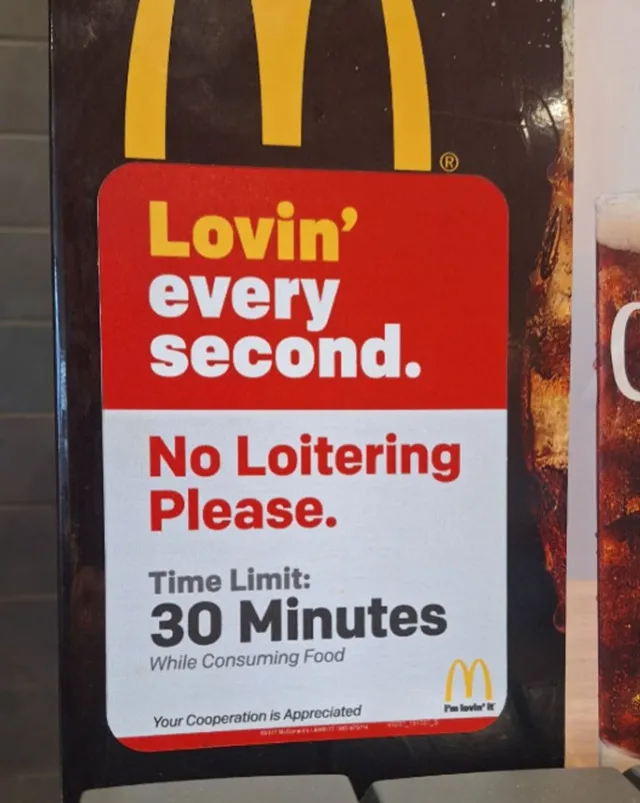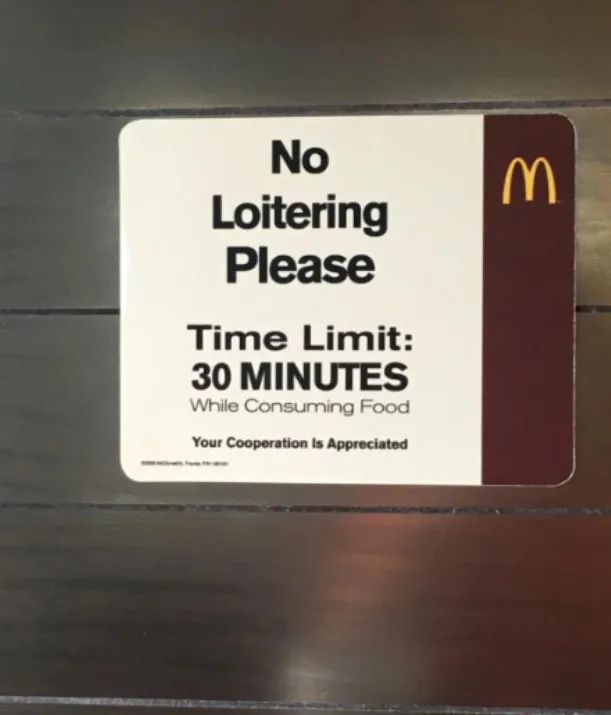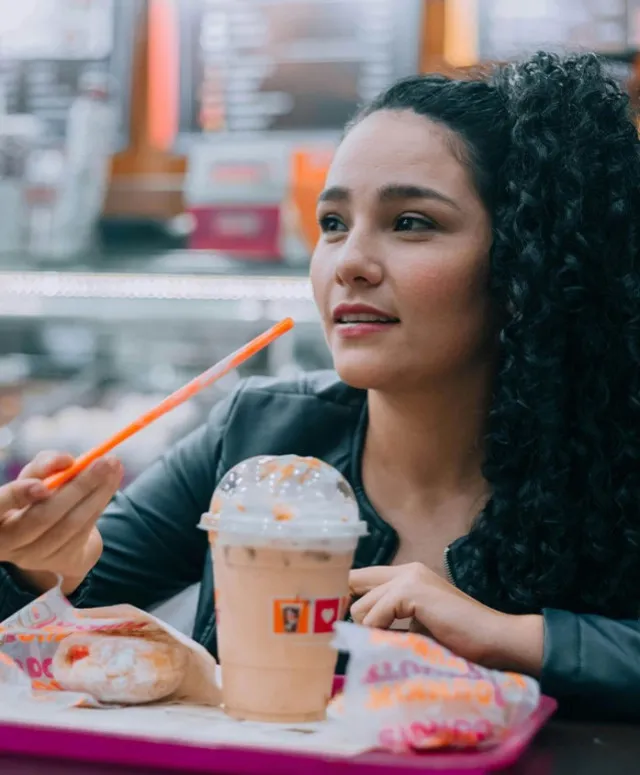Fast-food chains have sparked debate by introducing new policies that limit how long customers can eat in their restaurants.
Fast-food restaurants have begun implementing unexpected time limits on their customers.
This policy sparked confusion and discussion among diners.
Signs at fast-food chains like Wendy’s and McDonald’s have raised eyebrows among customers.
These signs indicate that diners must leave the restaurant within a certain timeframe after finishing their meals.

Messages like “No Loitering or Solicitation” are becoming common in fast-food chains.
Many restaurants now warn customers of limited dining times, sometimes as short as 30 minutes.
This shift is changing how people enjoy their meals in these establishments.
A McDonald’s location has encouraged customers to refrain from lingering after their meals.
This request suggests a need for quicker table turnover, even for children enjoying their Happy Meals.
The change reflects a growing trend in fast-food restaurants focusing on efficiency over a relaxed dining atmosphere.
The online community has been abuzz with speculation regarding the motives behind these new regulations.
Observers from various locations have shared their observations, with some confirming similar restrictions in their areas.

Some people believe these rules mainly target groups like teenagers or those looking for shelter and free Wi-Fi.
However, others view these changes as a strategic effort by fast-food chains to increase efficiency and profits.
This reflects a broader trend in the industry focused on quick service and maximizing turnover.
Anecdotes from former fast-food employees shed light on the rationale behind these time constraints.
Reports have emerged about customers who stay for hours after buying only a few items, which has led management to respond.
One story emphasized a regular customer who often lingered in the restaurant for long periods.
This raised questions about the fairness of allowing such behavior when others may want to use the space.
The situation of homeless individuals finding shelter in fast-food restaurants has raised concerns.

Reports indicate that some customers have been asked to leave just for resting or sleeping in these spaces.
This has led to debates on the ethics and inclusivity of fast-food chains, especially regarding their treatment of vulnerable populations.
Interestingly, this trend of enforcing strict dining time limits is not entirely novel.
Past reports have emphasized similar incidents, such as a group of elderly patrons being asked to leave a McDonald’s location within 20 minutes in New York.
In response to these developments, customers and activists have called for a reevaluation of fast-food policies to ensure fairness and respect for all patrons.

Suggestions range from providing designated spaces for extended stays to fostering a more inclusive environment that accommodates diverse needs.
As fast-food chains navigate these challenges, the debate surrounding eating time limits underscores broader questions about public spaces, hospitality, and social responsibility.
The evolving dynamics between customers and businesses in the fast-food industry reflect changing societal norms and expectations, prompting a reexamination of traditional dining practices.